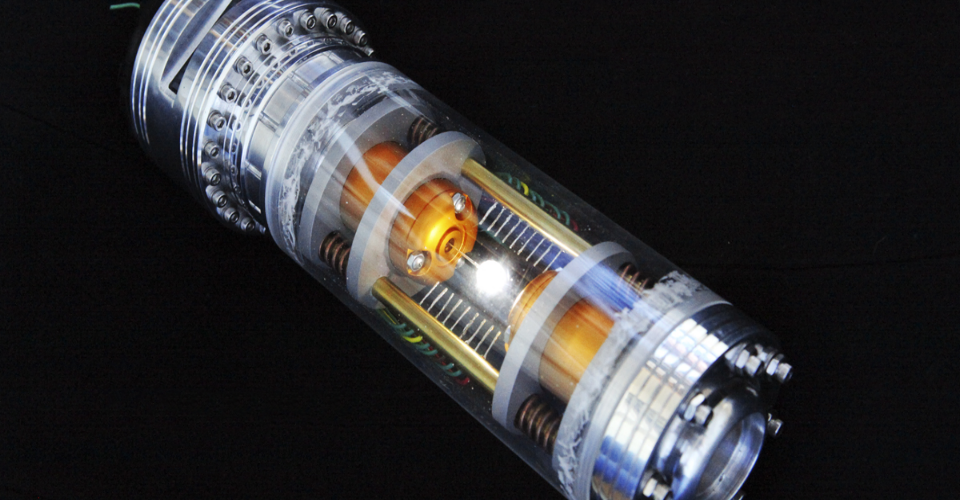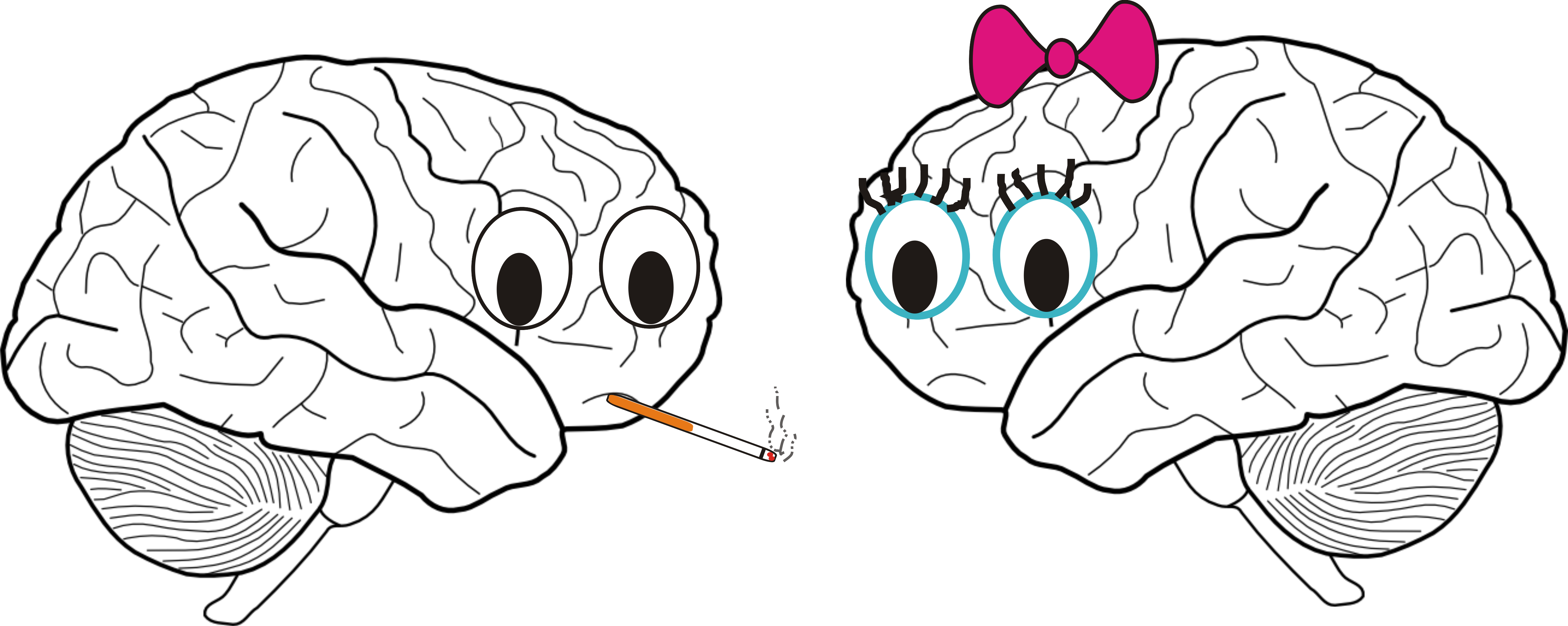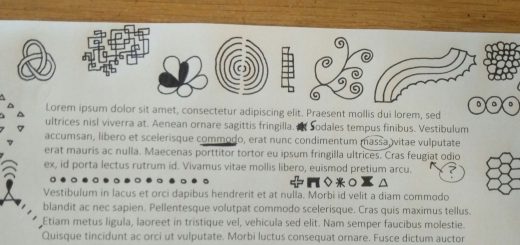Direct Measurement of Proton Magnetic Moment

The proton is a particle composed of two u quarks and one d quark, which makes it a hadron – a particle composed of quarks bound by the strong interaction (which is mediated by gluons). Theoretically, it is composed also of virtual particles arising from the gluons splitting.
The tendency of a force to rotate an object around an axis is called “moment of force”. The moment of force experienced by a magnetic object in a magnetic field is called “magnetic moment”. Electrons, electric current loops, molecules and planets, for example, all have magnetic moments.
So far, the proton magnetic moment has been measured by analysis of the spectrum of atomic hydrogen using an atomic hydrogen maser (MASER: Microwave Amplification by the Stimulated Emission of Radiation) in a magnetic field. On 29 May, the most precise direct measurement of the magnetic moment of a proton was reported 1.
A homogeneous axial magnetic field can be used to trap charged particles radially and a quadrupole electric field can be used to trap charged particles axially. These fields can be used together to confine particles in a device called a Penning trap. It can be very useful for precision measurements of particles — just don’t let Tom Hanks or the Catholic Church get at it.
Penning traps are used in measurements of the magnetic moment of the electron. Using them for proton measurements, however, is a lot more challenging because the proton magnetic moment is about 658 times smaller than the electron’s magnetic moment. An apparatus with much higher sensitivity to the proton’s magnetic moment is needed. The first direct measurements of the proton magnetic moment were made using a Penning trap utilising magnetic fields much stronger than those used for electron measurements, but this approach was limited in precision (to 4 parts per million). For the analysis just released, a double Penning trap was used together with a highly homogeneous magnetic field, resulting in a measurement of much greater precision (3 parts per billion).
The magnetic moment measured is 2.792847350(7)(6), where the first and second numbers in parentheses represent the statistical and systematic uncertainties respectively. The measurement is in agreement with the currently accepted CODATA value of 2.792847356(23), but it is a factor of 2.5 more precise. With further work, it is expected that the precision could be improved by at least another factor of 10.
It is conceivable that violation of the combined charge, parity and time (CPT) symmetry and Lorentz violation in an extension to the Standard Model of particle physics could be tested with further improvements to this measurement approach 2. Further, this measurement approach can be applied to measure the magnetic moment of the antiproton with similar precision. A comparison of the magnetic moment of the proton with that of the antiproton could provide a sensitive test of CPT symmetry with baryons. Measurement of the magnetic moment of the antiproton is set to be conducted in the Baryon Antibaryon Symmetry Experiment (BASE) of the Antiproton Decelerator at CERN.
Edited by Debbie Nicol











I’m still learning from you, while I’m making my way to the top as well. I certainly liked reading everything that is written on your website.Keep the stories coming. I loved it!